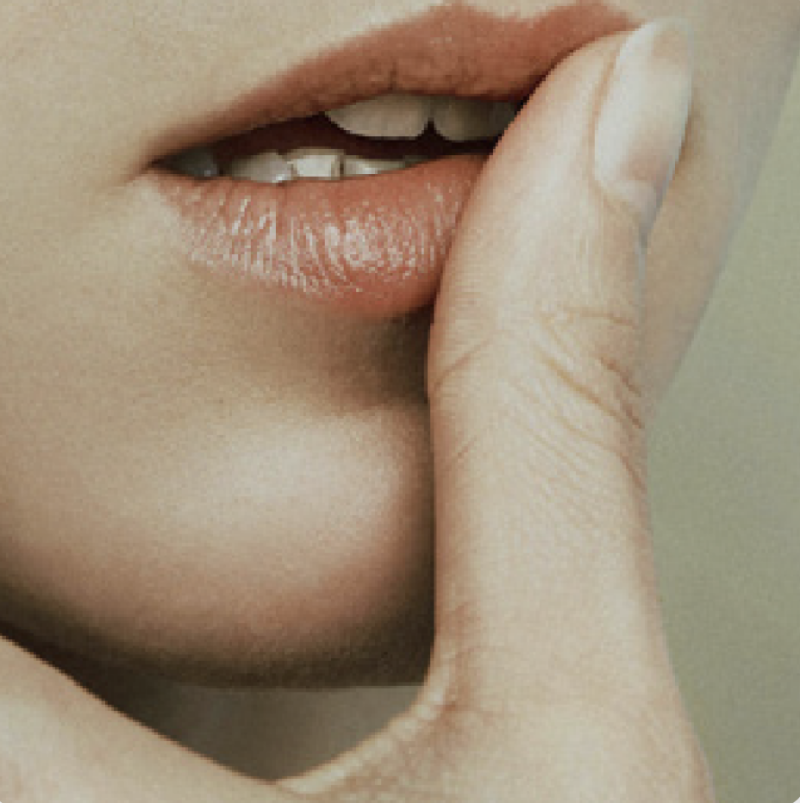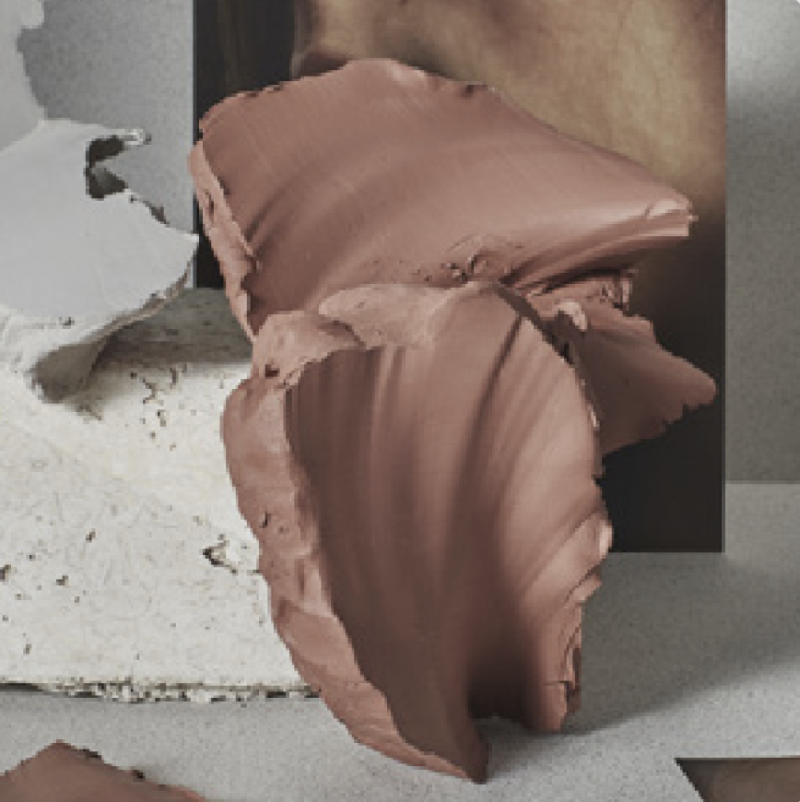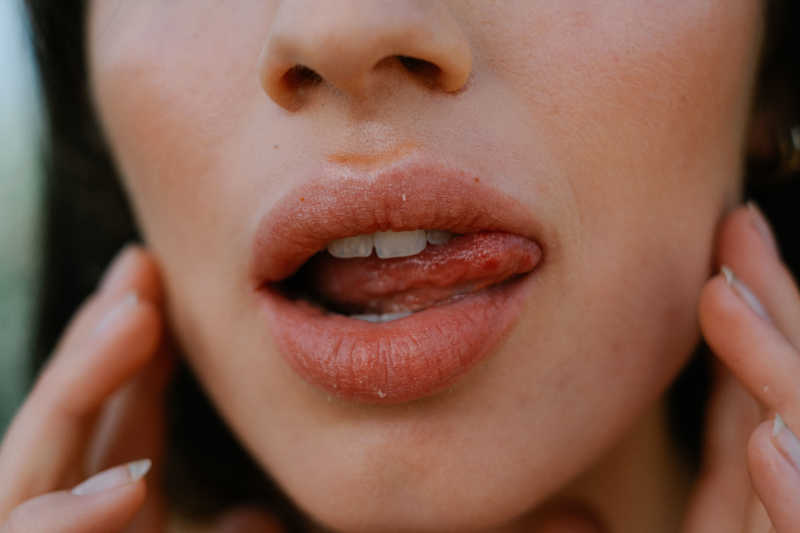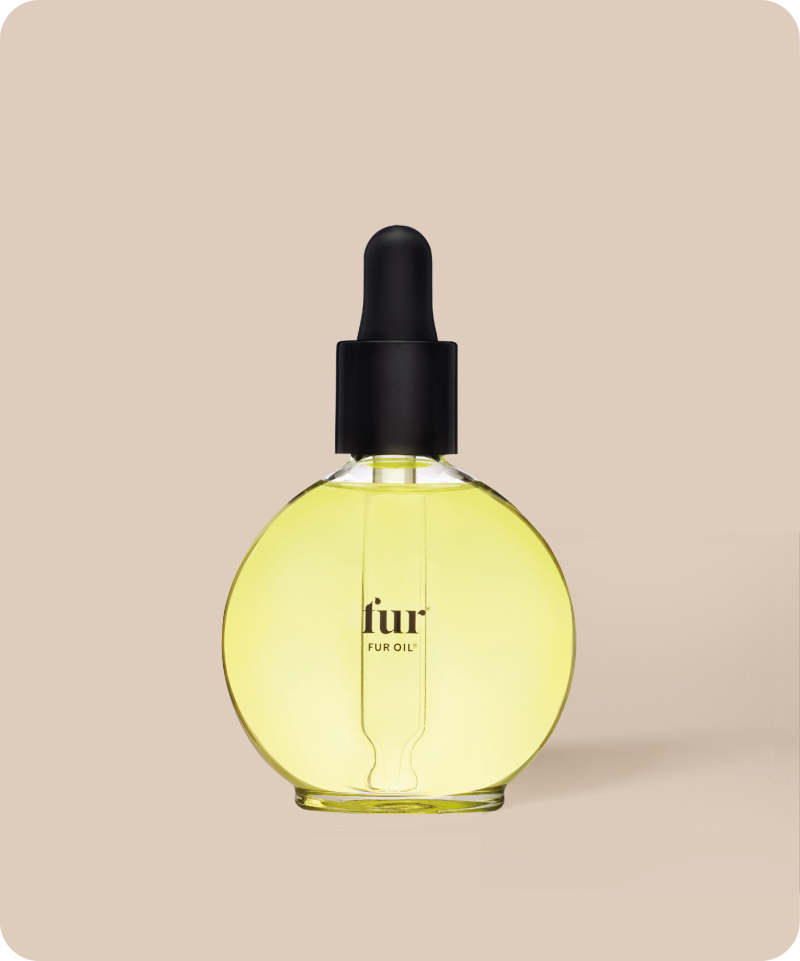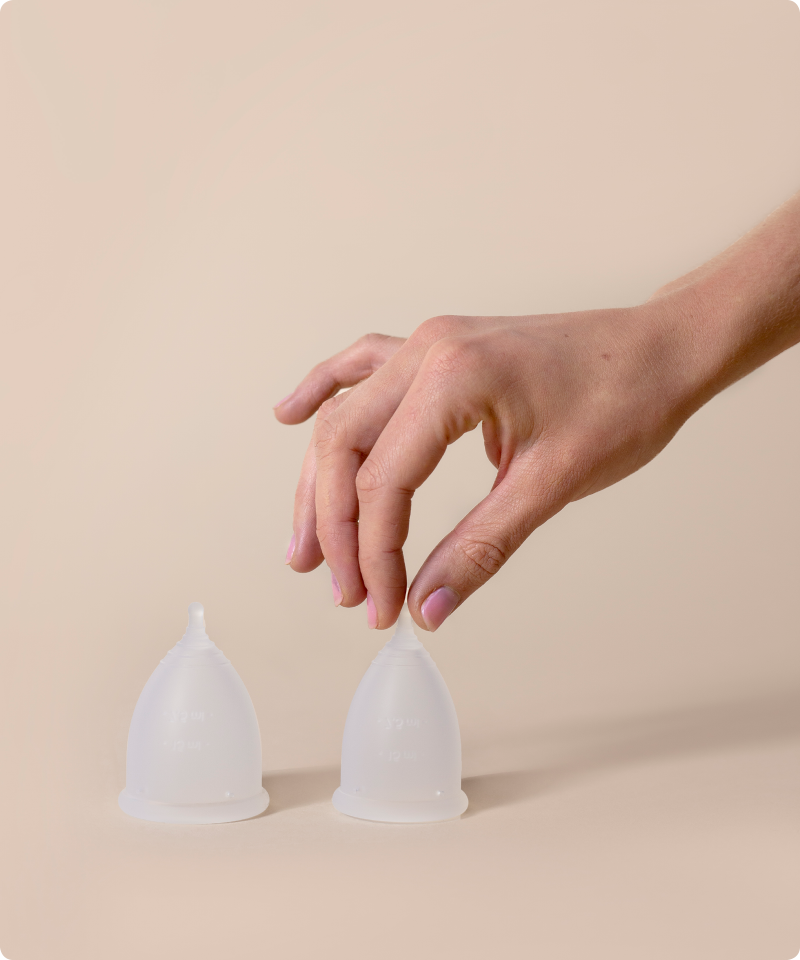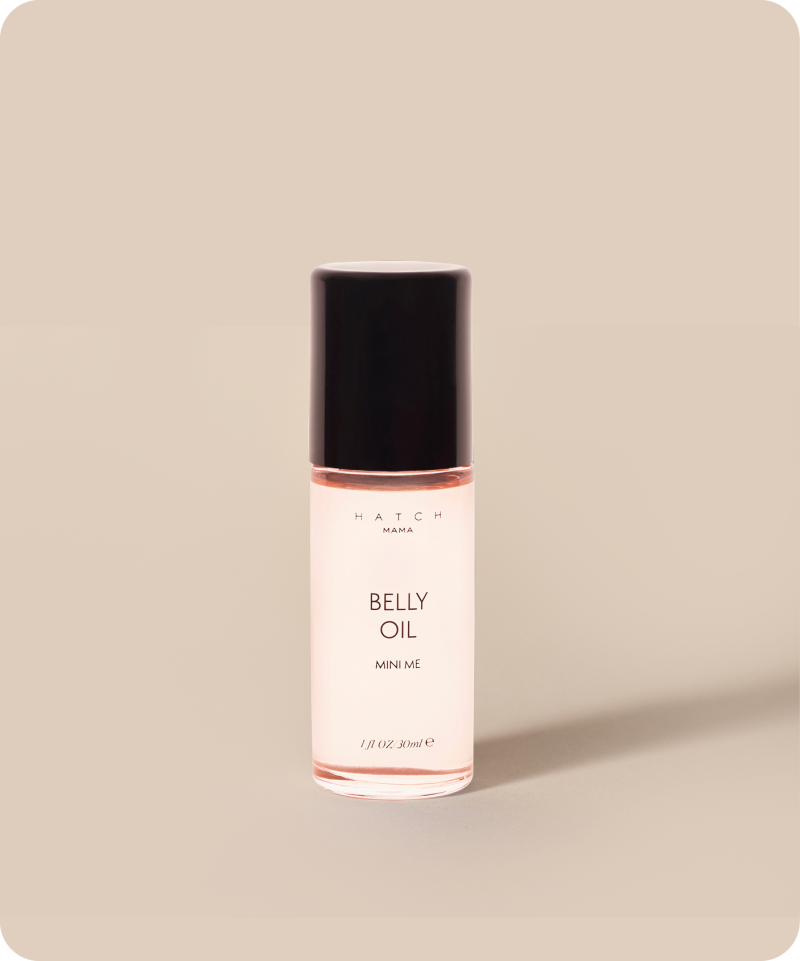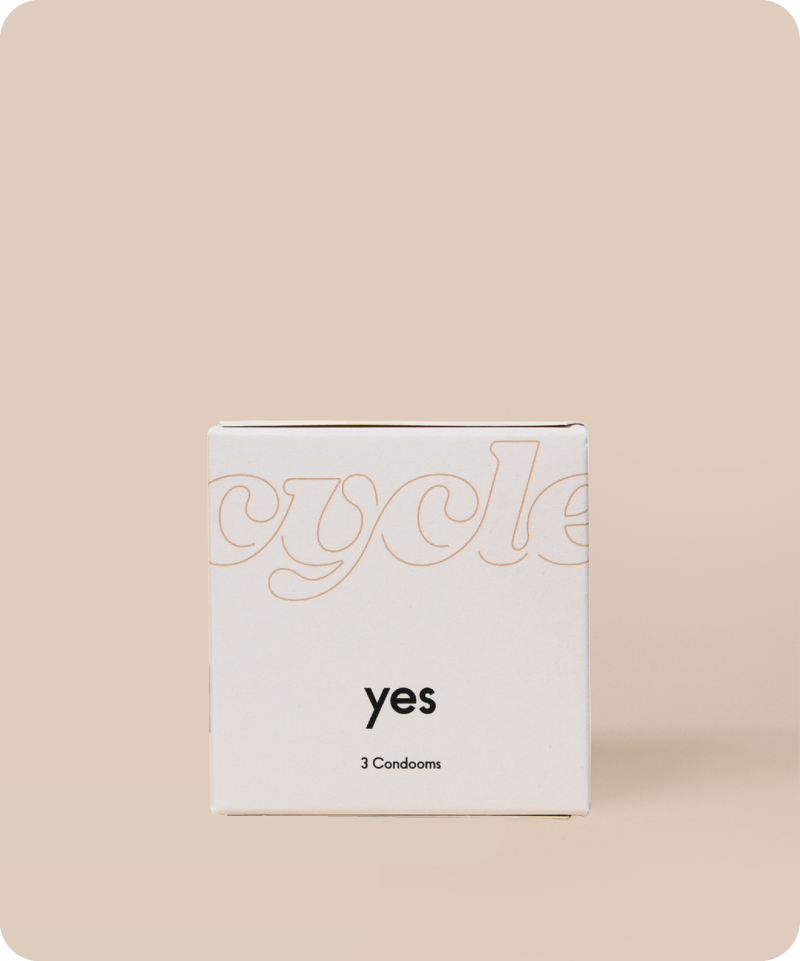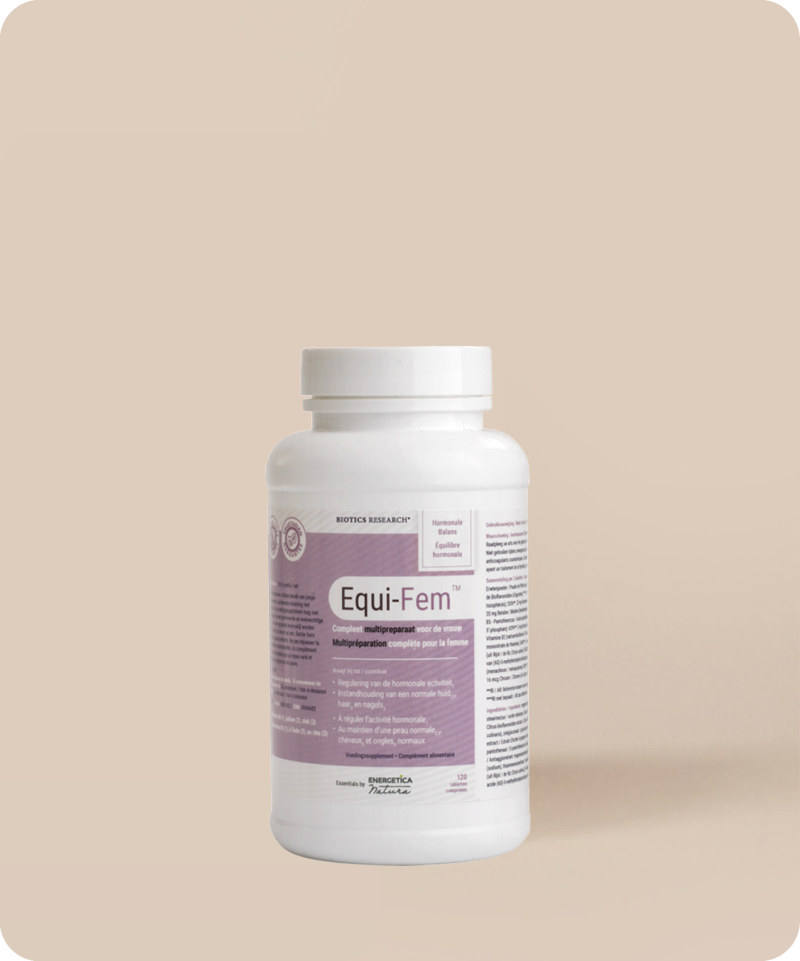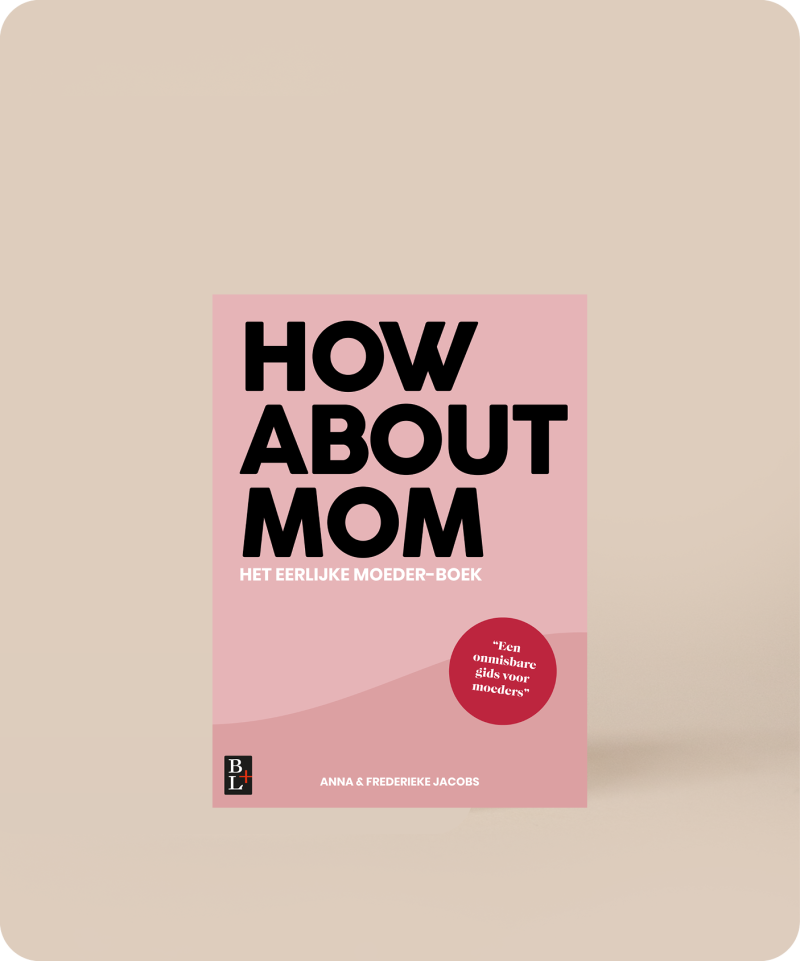Soothing hormonal headaches and menstrual migraines: the know-how
Let us explain. During your ovulation (around 14 days before the first day of your period), the ovary that’s responsible for producing an egg that month, produces progesterone while your body produces estrogen. If fertilization by sperm doesn’t occur and your body doesn’t have to start producing pregnancy hormones, your body will stop producing estrogen and progesterone. This is often the cause for premenstrual headaches. Especially the drop in progesterone levels have a huge influence on headaches.
But that’s not all
Everything in your body is connected; it’s really impressive. The fluctuations in estrogen and progesterone (or the lack thereof) are all connected to the chemicals in your brain that determine the sort of pain you feel, and right before your period they determine that you can feel a lot of pain. This, combined with narrowed blood vessels and loss of blood (to an extent), lack of fluids, and bad sleep patterns cause headaches. And this is not just before your period, but also during and in some cases after! If you already struggle with migraines in general, the chances of menstrual migraines because of fluctuating hormones, blood pressure, water retention, and stress (general stress, but also stress on your uterus) are way higher (especially at the end of your period).
Different types of menstrual migraines and headaches
Menstrual headaches and migraines differ from each other in the types of symptoms they have. You generally start feeling the menstrual migraines about two or three days before till three days after the first day of your period. They usually come back with each menstruation cycle, but that isn’t always the case. The intensity and length of the migraine can change with every attack as well. An untreated attack can last between 4 to 72 hours. It’s about the same every month; the same start, intensity, and duration.
For menstrual or hormonal migraines at least two of the symptoms mentioned below have to occur:
The headache is usually felt on one side of the head and only sometimes can be felt on both sides.
You can feel these types of headaches coming as a throbbing ache, which sometimes moves down to your neck as well.
Migraines literally stop you from functioning normally.
Your headache gets worse with exertion.
Vomiting and/or diarrhea.
You can’t do anything but lay down in a dark room with no sounds or heavy stimulations.
Menstrual headaches are less intense and you’ll be able to function like a normal person. For more information, you can read our article on menstrual headaches, their cause, and what to do about them. Are you unsure whether you have migraines or headaches? That’s okay! They are really difficult to distinguish. You can check this list of symptoms to see which are a better match for you. However, the treatment plans do differ.
So, what can be done about hormonal migraines?
Menstrual migraines are treated just like any other type of migraine. It’s important to know that the treatment can be a little more complex than normally. Oftentimes, the attacks are longer and more intense. These are a couple of treatment options:
short preventative treatment methods
Menstrual migraines often recur every month and thus have quite an impact on your life. There are a couple of treatments available that ensure you prevent or decrease the number of attacks.
painkillers
Painkillers from the group of non-steroidal anti-inflammatory drugs (NSAIDs), like ibuprofen, diclofenac, or naproxen may provide relief. Sometimes these are combined with a drug for nausea and vomiting such as Domperidone, but only if you suffer from this, of course. And the worst part? Paracetamol is not enough. But it’s good to know that you should always use a stomach coater if you take these drugs. Your stomach will thank you later.
To prevent an attack, take the painkillers several days before your period. You start two to four days before your period.
skipping your period
You can choose to ignore your pill-free week for a certain period of time. You’d wait until you’d start spotting. If this has happened, that’s when you take your pill-free week before you start over again. In this pill-free week, you can get a migraine attack, but this would only occur once every three to six months, instead of an attack every single month.
Some women suffer from migraines with an aura: that’s a temporary disruption in the brain causing you to see blind spots or flashing lights. Sometimes you can also feel a numbness or a tingling sensation which affects your lips, face, or hands on one side of the body. This can last any time between 5 and 60 minutes. These people are not allowed to take the pill because of an increased risk of cerebral thrombosis (blood clot in the vessels). The Mini-Pill with a lower dose of progesterone or a hormonal IUD is a better alternative.
Other treatment options
If you don’t want to take preventative medication, or your menstrual migraine does not occur regularly, you can also take medication as soon as you feel the attack coming.
painkillers
Painkillers such as ibuprofen, diclofenac, or naproxen can offer some relief if you take them once you feel the attack coming. Don’t forget to always use a stomach coater if you take these drugs.
triptans
If naproxen or ibuprofen don’t reduce your headache after two hours, triptans are recommended. These can be prescribed as well if you suffer from intense attacks. There are many different kinds of triptans and they are available in pills, nose sprays, and even injections. Please discuss with your doctor which option would be the best for you. It can be a bit of a puzzle to find the right treatment, so don’t give up immediately if the first try isn’t the right one! Triptans can have side effects, such as nausea, vomiting, tiredness, dizziness, and a tightness in the chest. Triptans have to be taken at the start of a migraine attack. Triptans are not suitable for people with cardiovascular diseases, and it’s fine to take a week per month, but not longer than that. They increase the risk of cardiovascular disease.
beta blockers
Sometimes medications that reduce blood pressure, such as beta blockers like metoprolol or propranolol, are prescribed. It turns out that these drugs, which are actually meant for something else, also have a beneficial effect in fighting hormonal migraines.
contraceptive injections, hormonal IUDs, implanon, contraceptive patches, and estradiol gels
The contraceptive injection, hormonal IUD, and the Implanon also - like the pill - release hormones, and the advantage of these is that you don’t have to think about them every day. There are obviously some downsides as well, because it hasn’t been scientifically proven that these methods work better than the pill. Contraceptive patches and estradiol gels reduce your estrogen decline just before and during your period. A patch, called an estradiol patch (50 µg/24 hours) is applied on day 20 of the cycle (two to three days before menstruation). And you replace these twice every three days. With an estradiol gel you start 5 or 6 days before your period until the second day of your period. The downside of these methods is that a migraine attack can still happen as soon as you remove the gel or stop using the gel. That’s why these methods aren’t recommended.
lifestyle tips
Some people with hormonal migraines benefit from taking magnesium (in combination with calcium) a couple of days before the expected event. An orgasm works like a painkiller because it relaxes and helps your circulation. Do you want to try this? Make sure to talk about this with your doctor, for example an orthomolecular therapist, who can help to guide you. Don’t start to experiment on your own.
Changes to your lifestyle, like healthy(ier) food, more exercise, more downtime, and drinking more or less coffee can give some relief. In this case, it doesn’t hurt to try, because a healthy lifestyle is good to pursue anyways. Do you want more tips and tricks? Read this article in which all of them are explained.
If you suffer from menstrual migraines, do go and visit your GP. Your GP can help you on the basis of your symptoms, possibly with the help of a symptom diary. You can also discuss the different medications, including the side effects. Your GP can also contact a neurologist and/or a gynecologist for discussion if necessary. Don’t be among the 60% of women who keep struggling with these pains (possibly unnecessarily too) without looking for help.
And another thing: If you get a fever during your menstrual headaches, it doesn’t necessarily mean that it’s anything serious, but it’s still worth contacting your GP. Just to check if nothing else is going on. They’re only hormonal headaches or migraines if they’re linked to your menstruation. Any headaches at different points in the month or headaches that last longer than three days aren’t hormonal headaches. Did you know that hot flashes and night sweats worsen hormonal headaches and migraines? The good news is that, once you’ve hit your menopause, you won’t get any more hormonal headaches!
